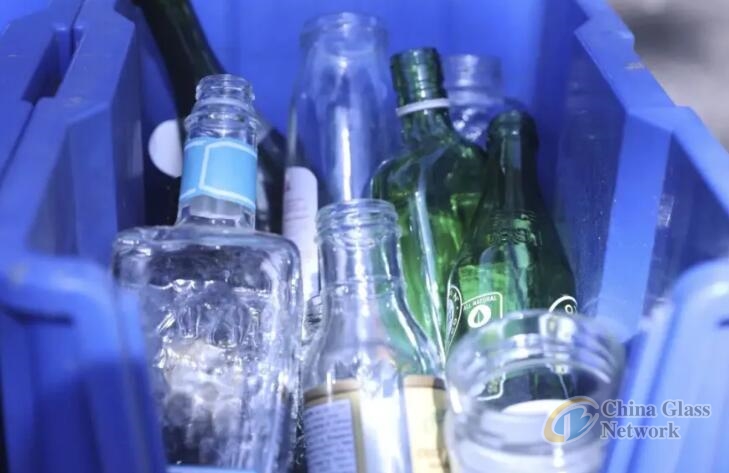Post Time:Aug 10,2023Classify:Industry NewsView:2115
In the world of packaging, the debate between glass and plastic containers has been ongoing for years. Both materials have their advantages and disadvantages, and choosing between them can have significant implications for the environment, product quality, and consumer preferences.
� �
�
The ongoing sustainability discourse surrounding these two materials has eco-conscious consumers pondering.
Although glass frequently receives a nod for being more environmentally friendly than plastic, let’s take a closer look at its ecological consequences.
When it comes to the question of whether glass or plastic is better for the environment, the answer is not straightforward. Both materials have their pros and cons, and the best choice depends on various factors.
Glass is made from natural raw materials such as silica (sand), soda ash, limestone, and/or dolomite, along with a small number of other minerals. However, only a specific type of sand can be transformed into glass, and it’s often sourced from seabeds and river beds, disrupting natural ecosystems and stealing microorganism habitats. Glass demands higher heat than plastic, so a greater amount of natural resources are required, including non-renewable materials like sand and minerals. For every ton of finished container glass, roughly 1.17 – 1.19 tons of raw materials are required.
On the other hand, glass is 100% recyclable and can be transformed into a new product again and again without any loss in quality. This is where glass far outshines plastic.
Plastic can only be recycled a specific number of times before losing its integrity and quality, whereas glass may be recycled indefinitely. Plastic, on the other hand, is sometimes more environmentally friendly to landfill or incinerate.
In conclusion, one isn’t always better than the other. More often than not though, glass will be a better alternative to plastic because it’s generally friendlier on the environment. But just remember that on some occasions, plastic could actually be the greener choice. Whichever way you end up going, try to take the path that reduces your carbon footprint.
The Hidden Environmental Cost of Glass
Silica sand extraction starts the manufacturing of glass, which often overlooks an environmental concern. The mining of silica sand contributes to land degradation and biodiversity loss, particularly in places like Shankargarh, India, the primary supplier of silica sand for the country’s glass industry. Additionally, prolonged exposure to silica dust can cause chronic respiratory conditions such as silicosis, blurring the distinction between environmental and public health concerns.
The demand for sand to manufacture glass amplifies the worldwide sand shortage, complementing these issues. The UN states that people utilize sand faster than it can naturally regenerate, with an astounding 50 billion tons being used annually for varying applications. Sand is the second most consumed resource globally after water.
Glass Manufacturing
High energy inputs are demanded in manufacturing glass, primarily due to the extremely high temperatures required to transform raw materials into glass. The process reflects the sheer energy intensity as these temperatures can reach up to 1500C (2732F).
Moreover, not only does this process guzzle energy, but it also releases a substantial amount of greenhouse gases. The container and flat-glass industries collectively emit over 60 megatonnes of CO2 each year, which starkly reminds us of the environmental toll of our glass consumption. Additionally, glass production facilities operate around the clock, further exacerbating their energy use and environmental impact.
Plastic vs. Glass: An Environmental Reality Check
The manufacturing process of plastic bottles has a smaller environmental impact than that of glass, which many are unaware of. This seemingly counterintuitive fact is primarily caused by the lower energy requirements of plastic production.
Plastic production emits less CO2 compared to glass bottles because it requires less energy due to its lower melting point. However, it is important to remember that plastic’s durability and recycling potential are limited, and improper disposal can cause severe environmental consequences such as ocean pollution and harm to marine life.
Therefore, balancing the impacts of manufacturing and the lifecycle of the product is necessary in the entire situation.
Glass Recycling Paradox
Although glass can be recycled endlessly, its recycling process lacks environmental implications. The recycling process of glass still requires remelting, which is the most energy-consuming phase of glass production.
Despite this, incorporating recycled glass cullets into the mix can yield significant energy savings and slightly reduce the associated CO2 emissions. Nevertheless, the global glass recycling rates vary tremendously, indicating potential opportunities to improve the efficiency and impact of recycling programs.
Both glass and plastic pose their unique sets of environmental challenges. However, by acknowledging these complexities, we empower ourselves with the knowledge to make informed choices.
One choice could be the consideration of alternative packaging materials like cartons, which demonstrate a relatively lesser environmental impact and manufacturing imprint. We should also advocate for systemic changes in recycling and manufacturing processes in order to reduce our ecological footprint.
Source: https://groundreport.in/Author: shangyi
PrevFour ways to integrate technology into your glass business
Ardagh launches ‘money4glass’ initiative in South AfricaNext